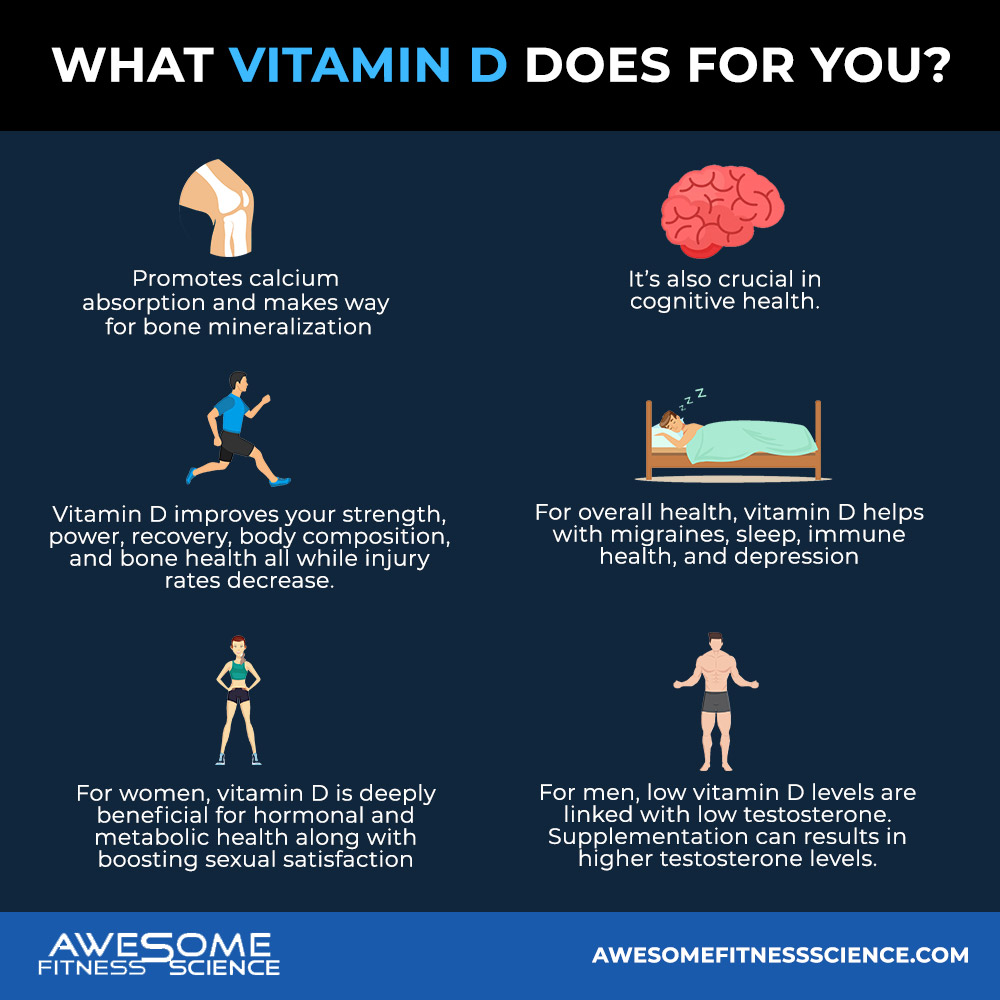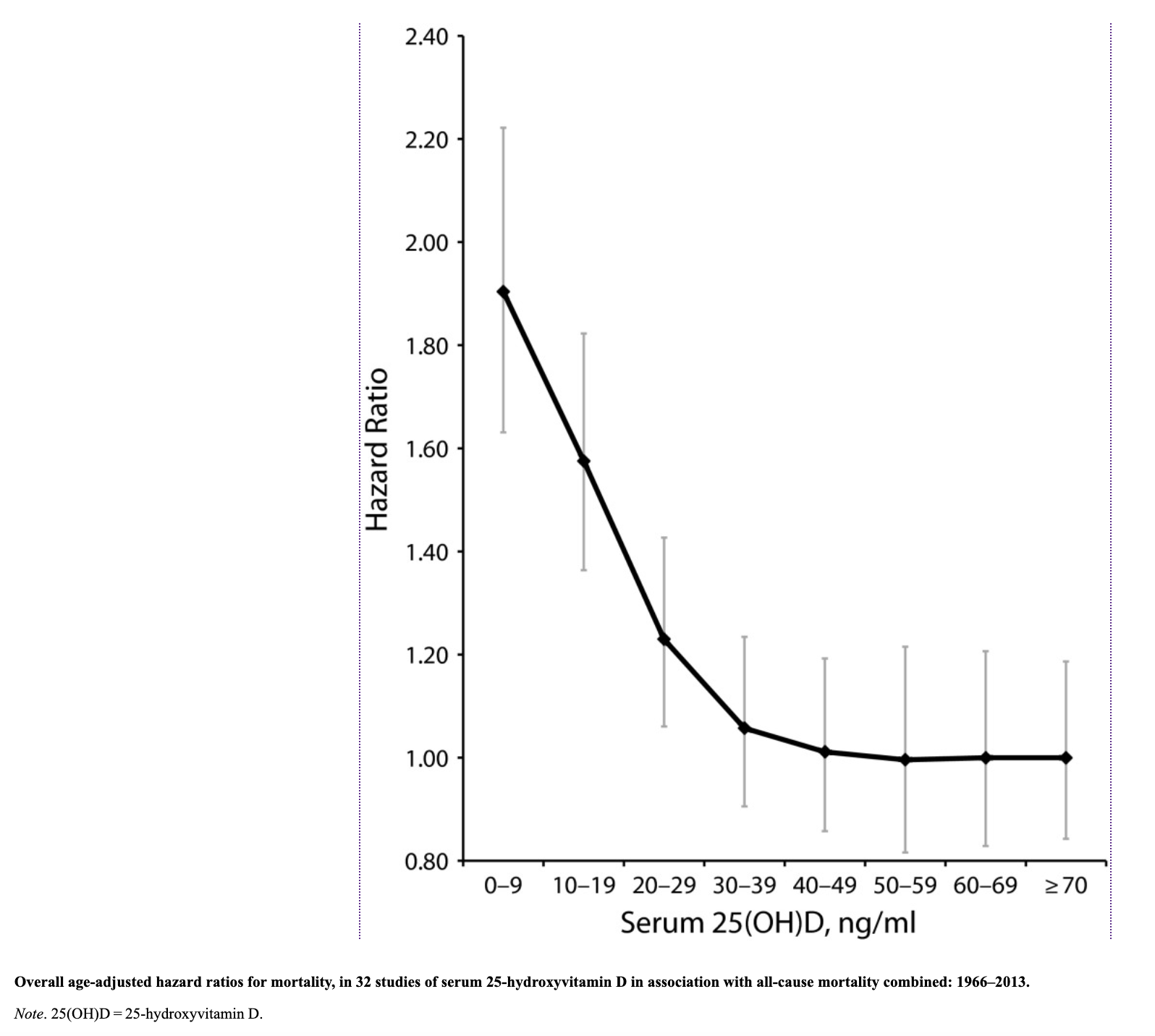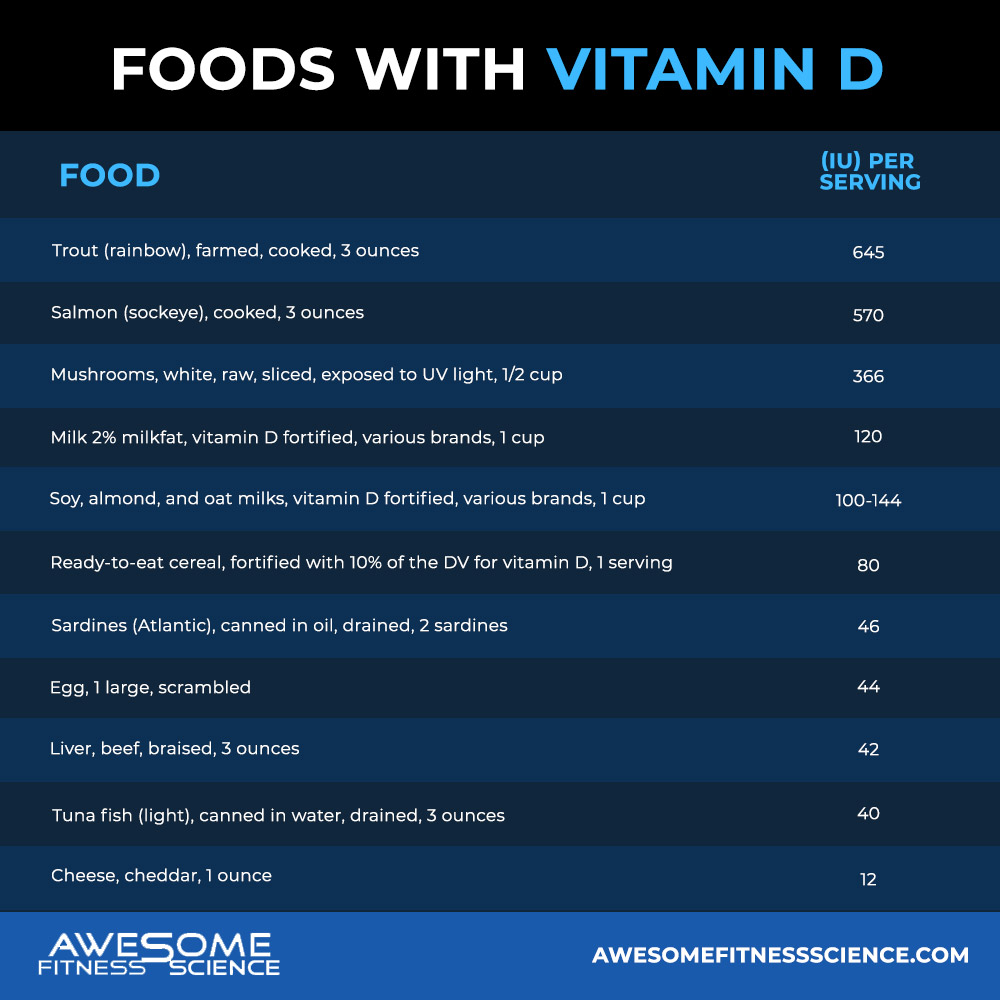
The Epic Science of Stretching – Everything You Need to Know
Stretching is an interesting topic in this ever so controversial world of fitness. On one hand, you have hippie yoga girls who build their entire training programs around stretching. On the other extreme,






